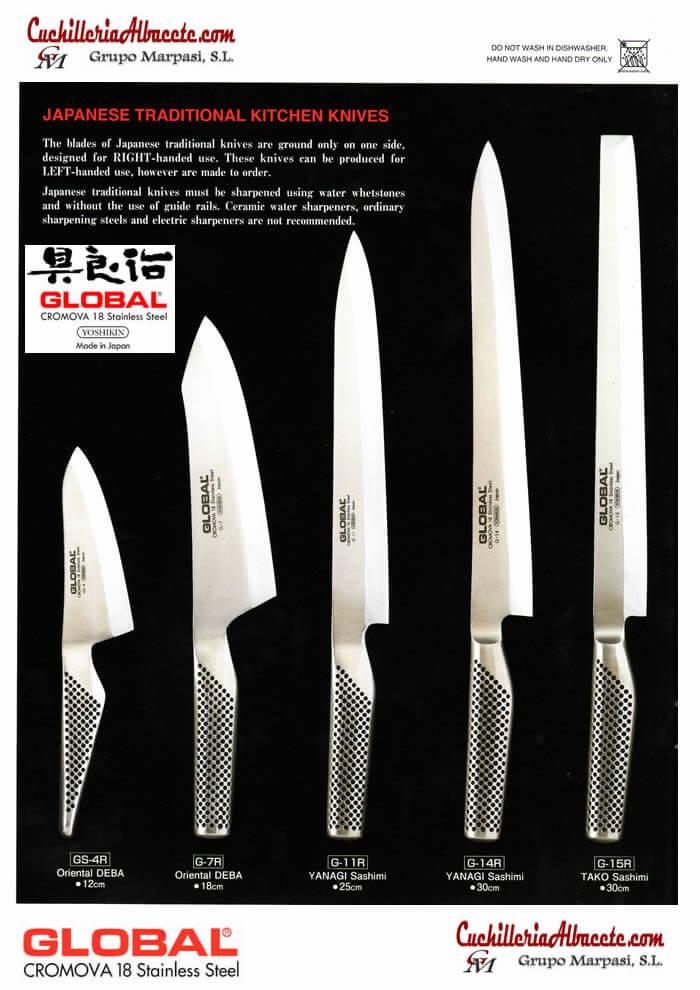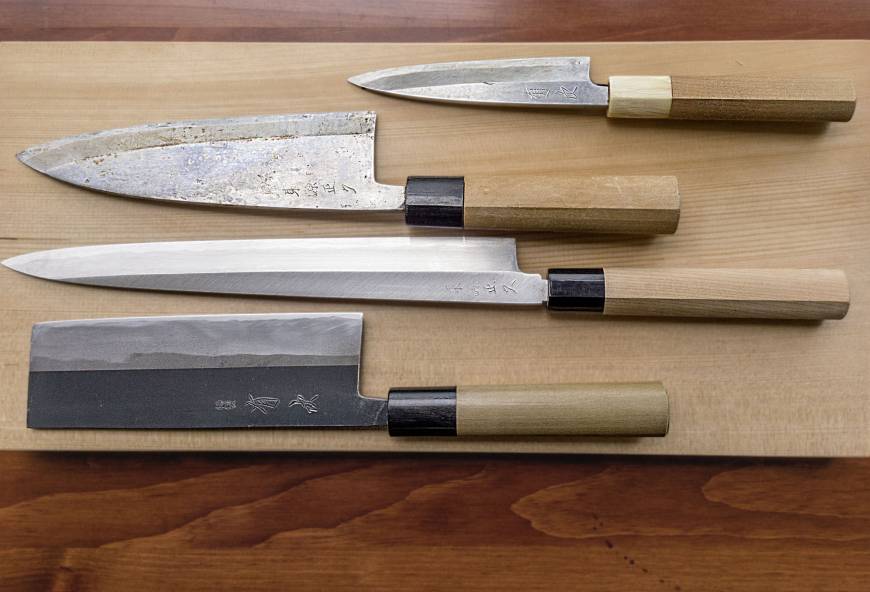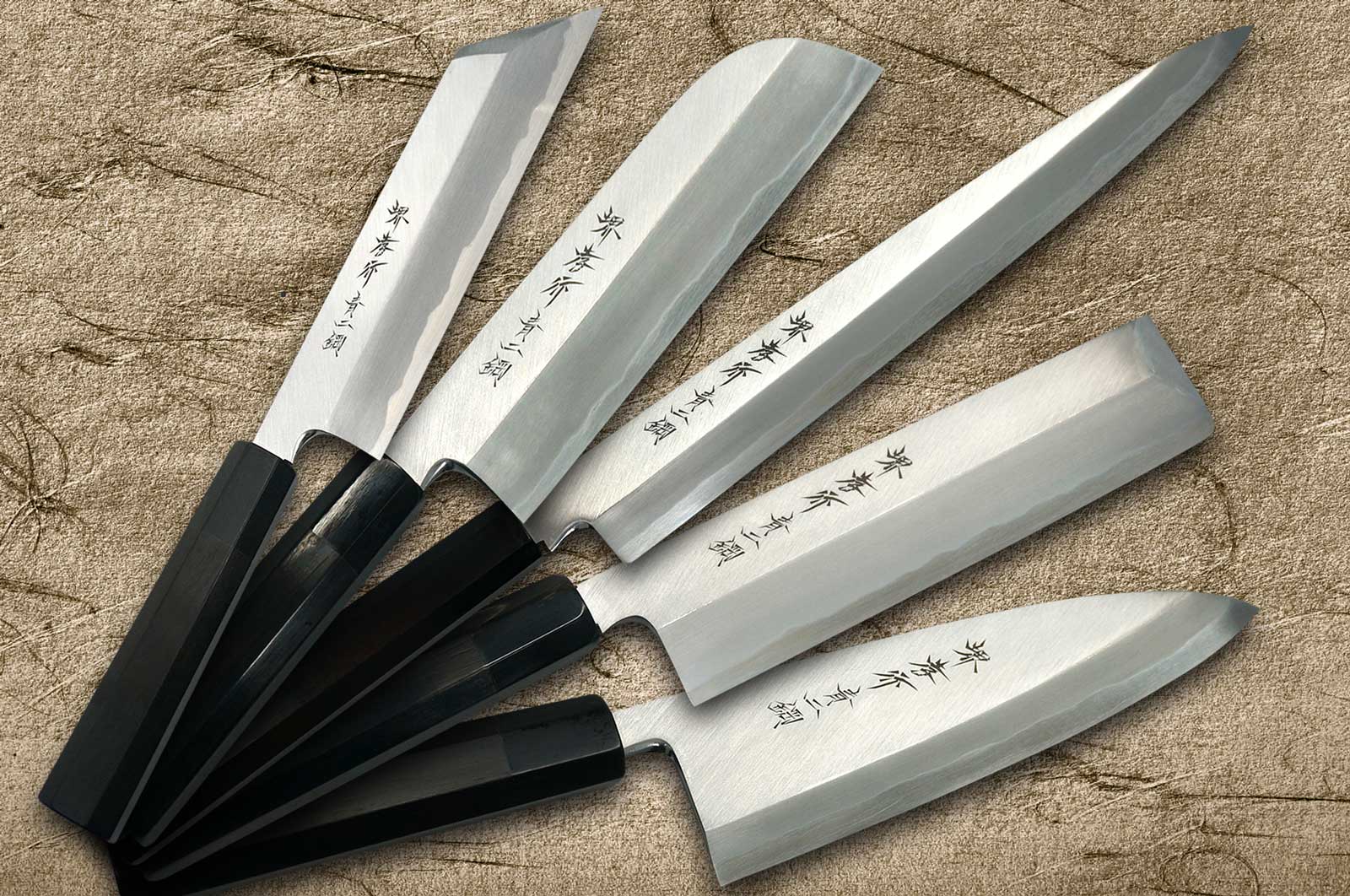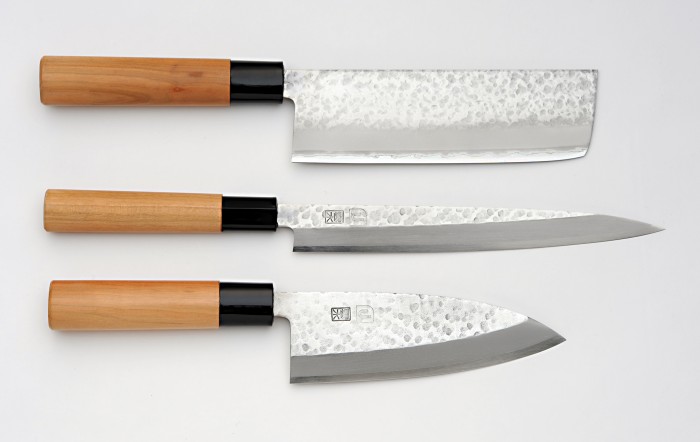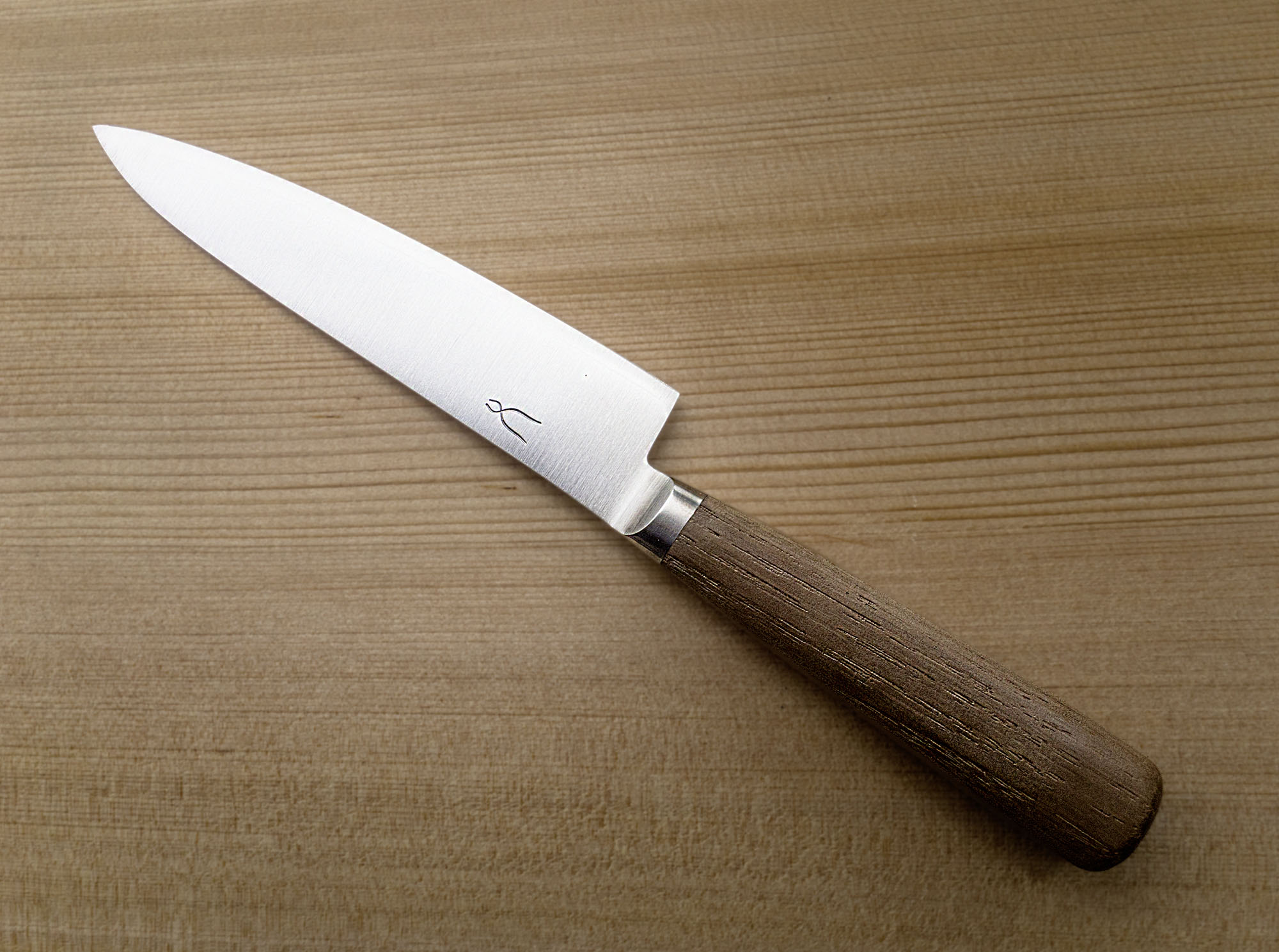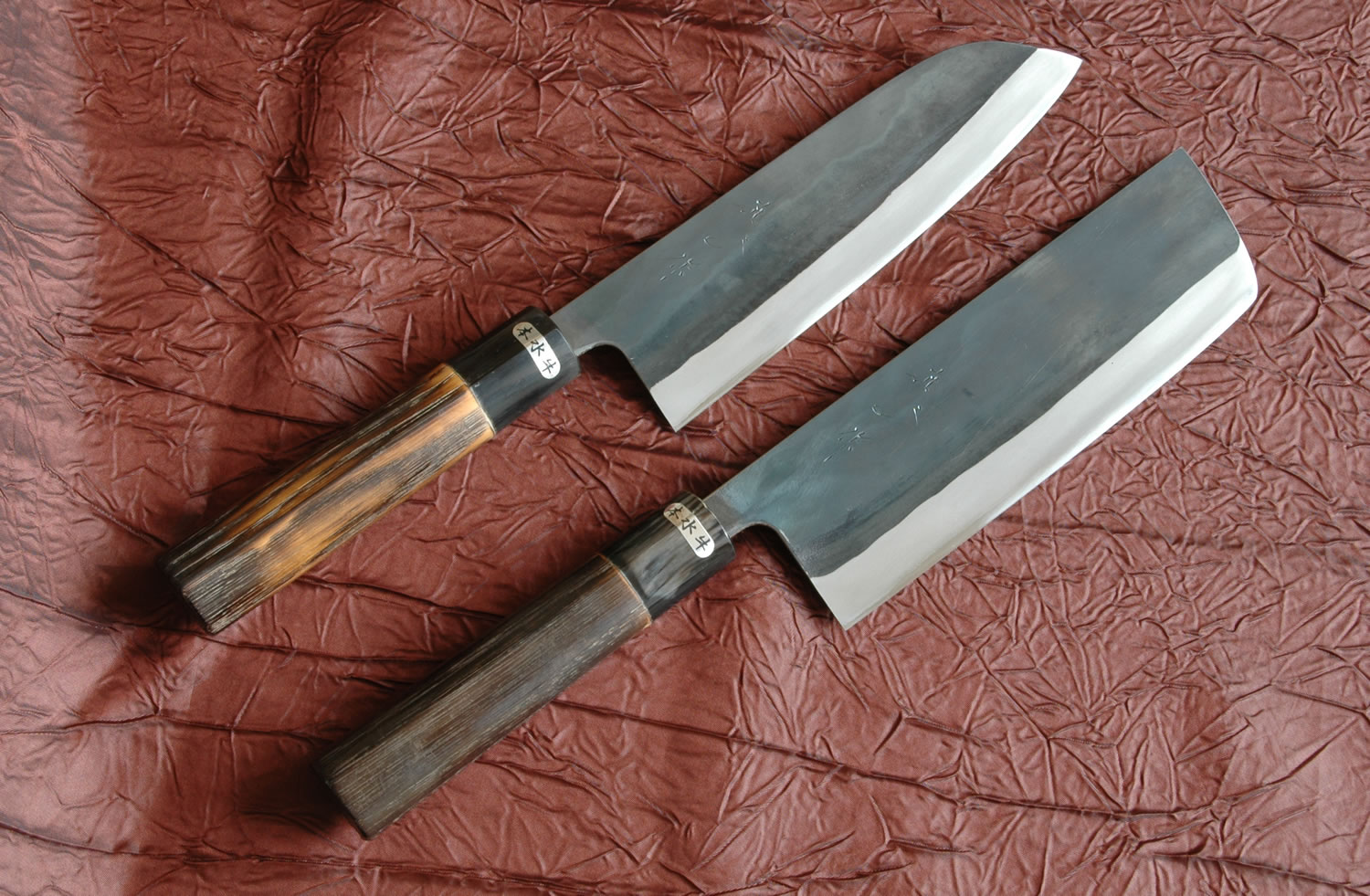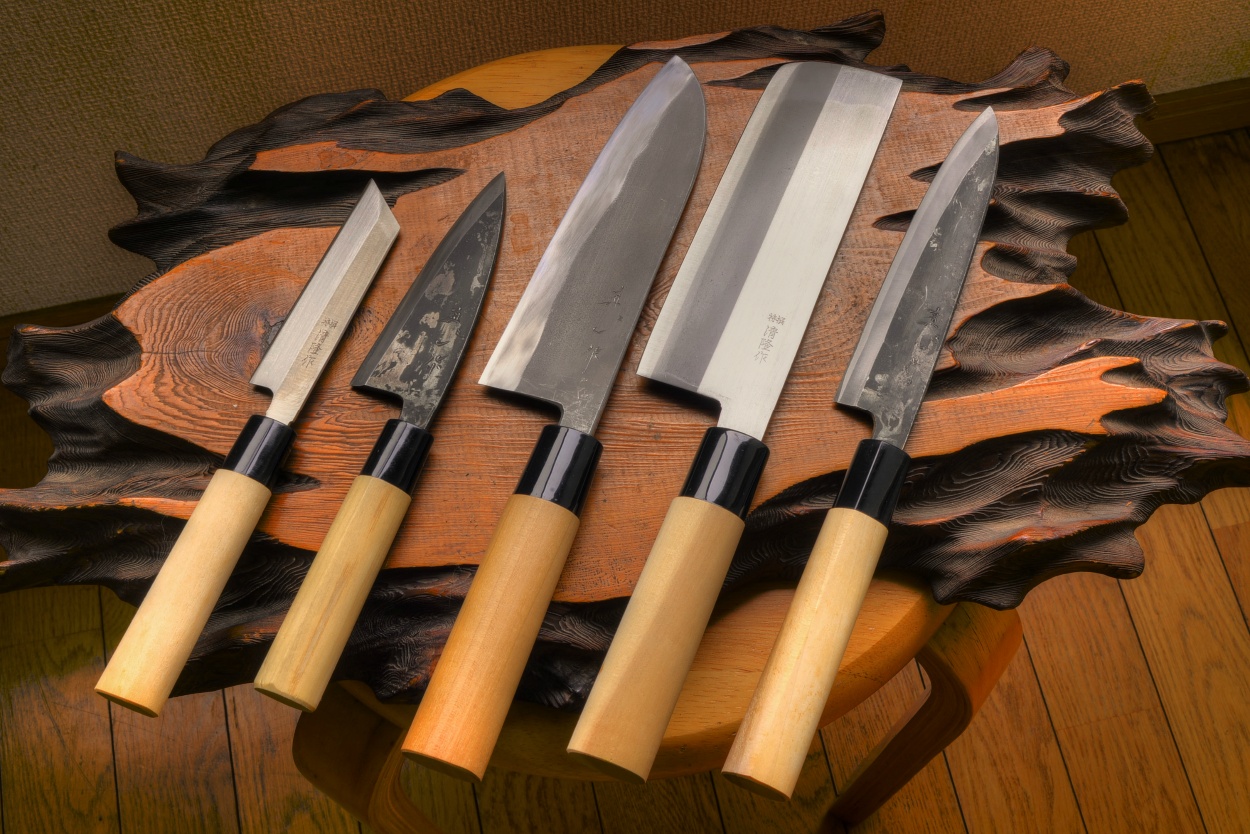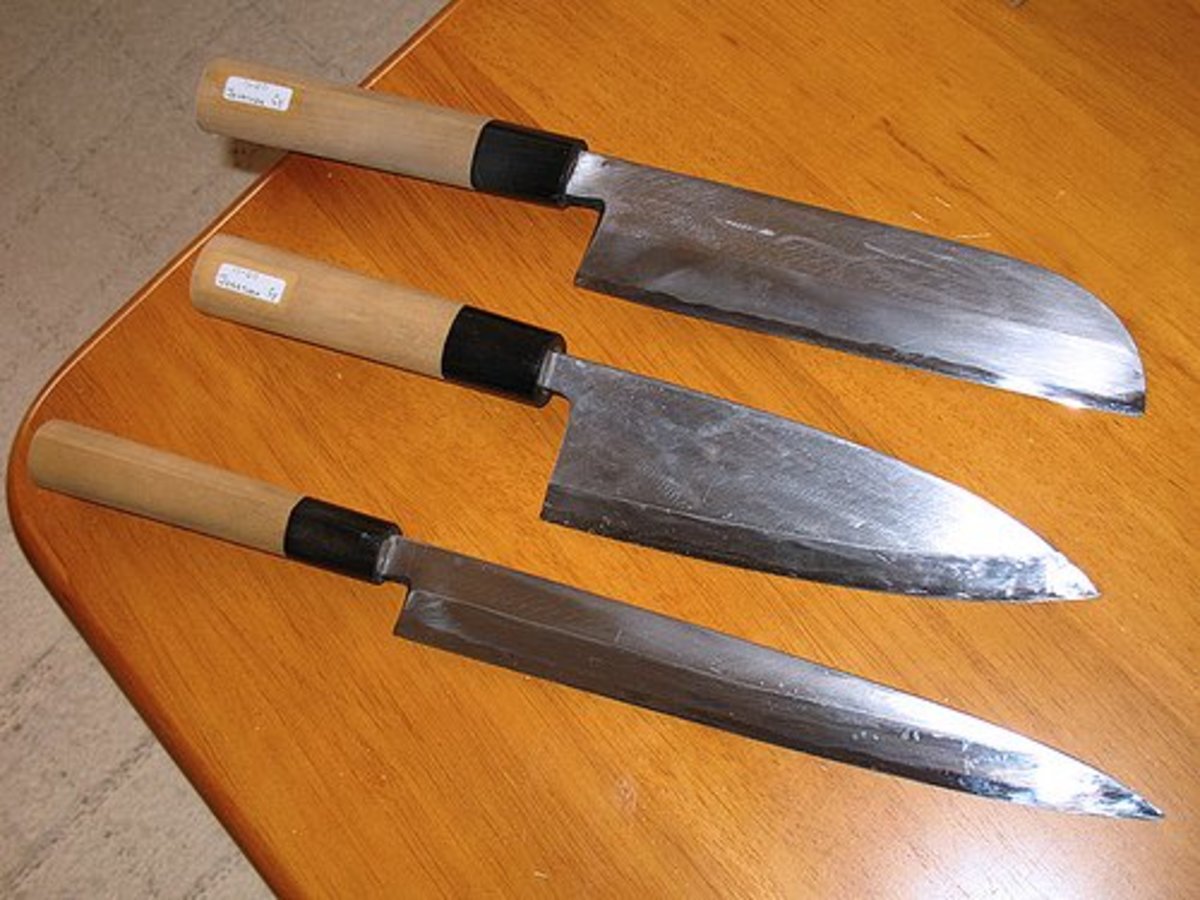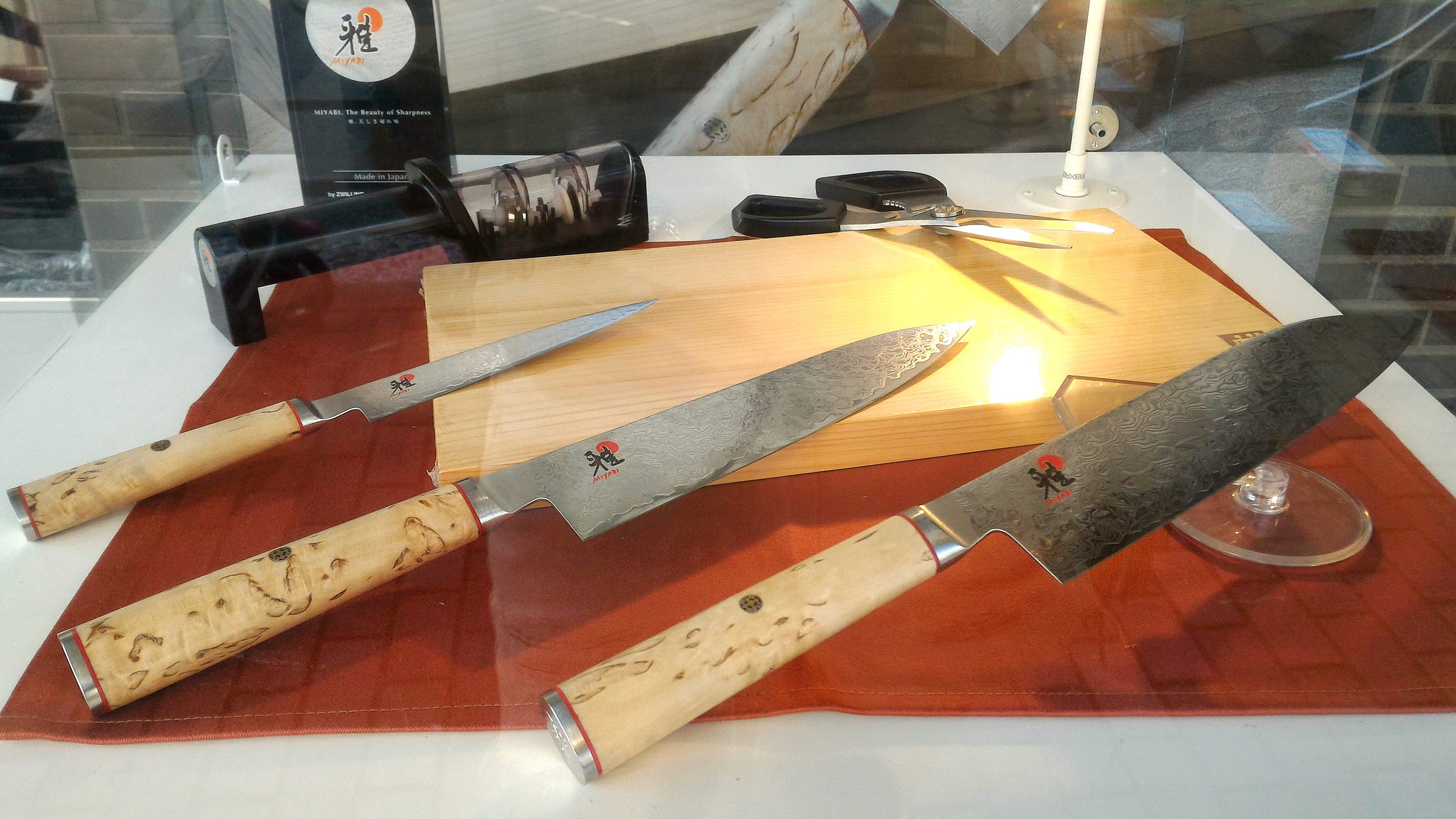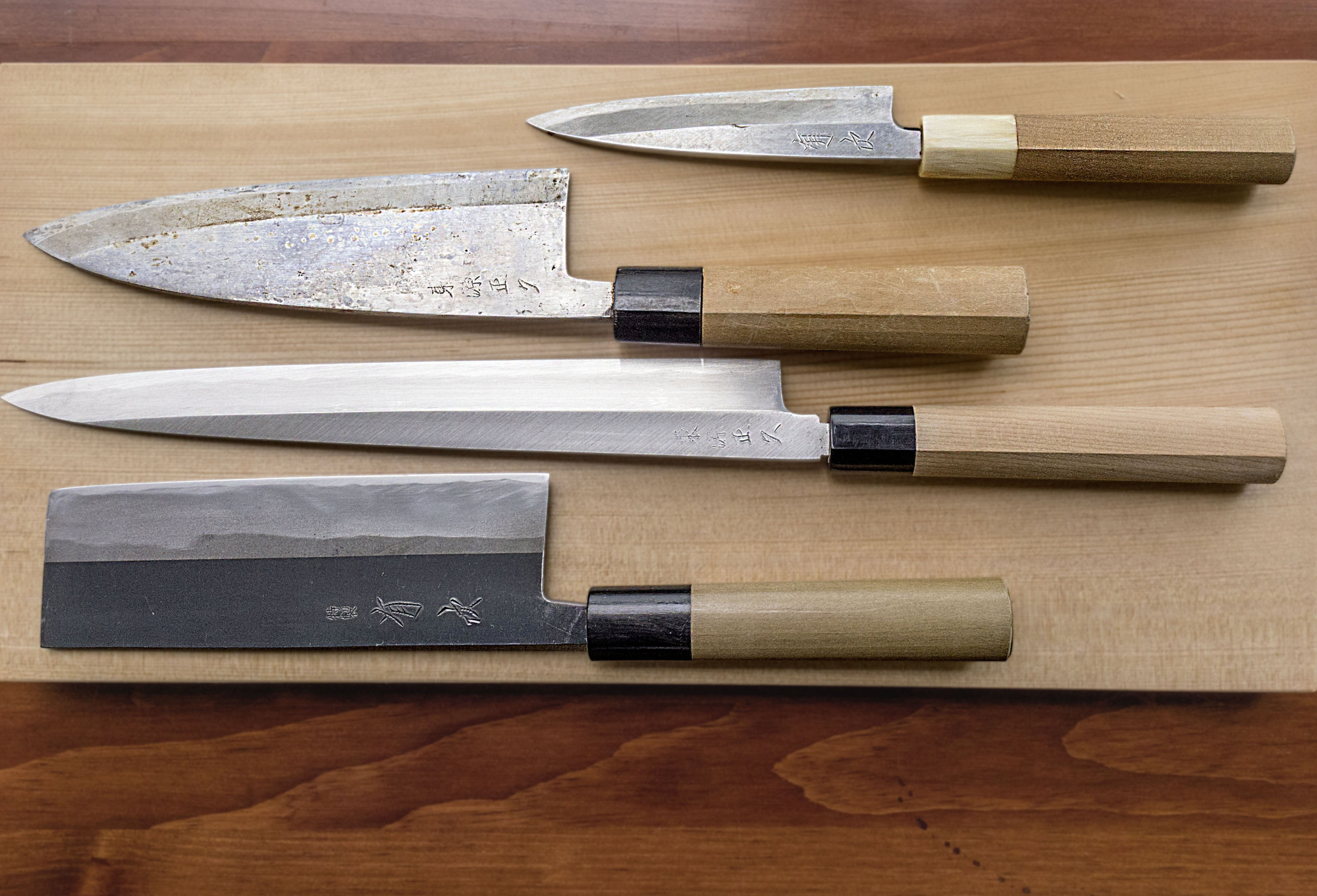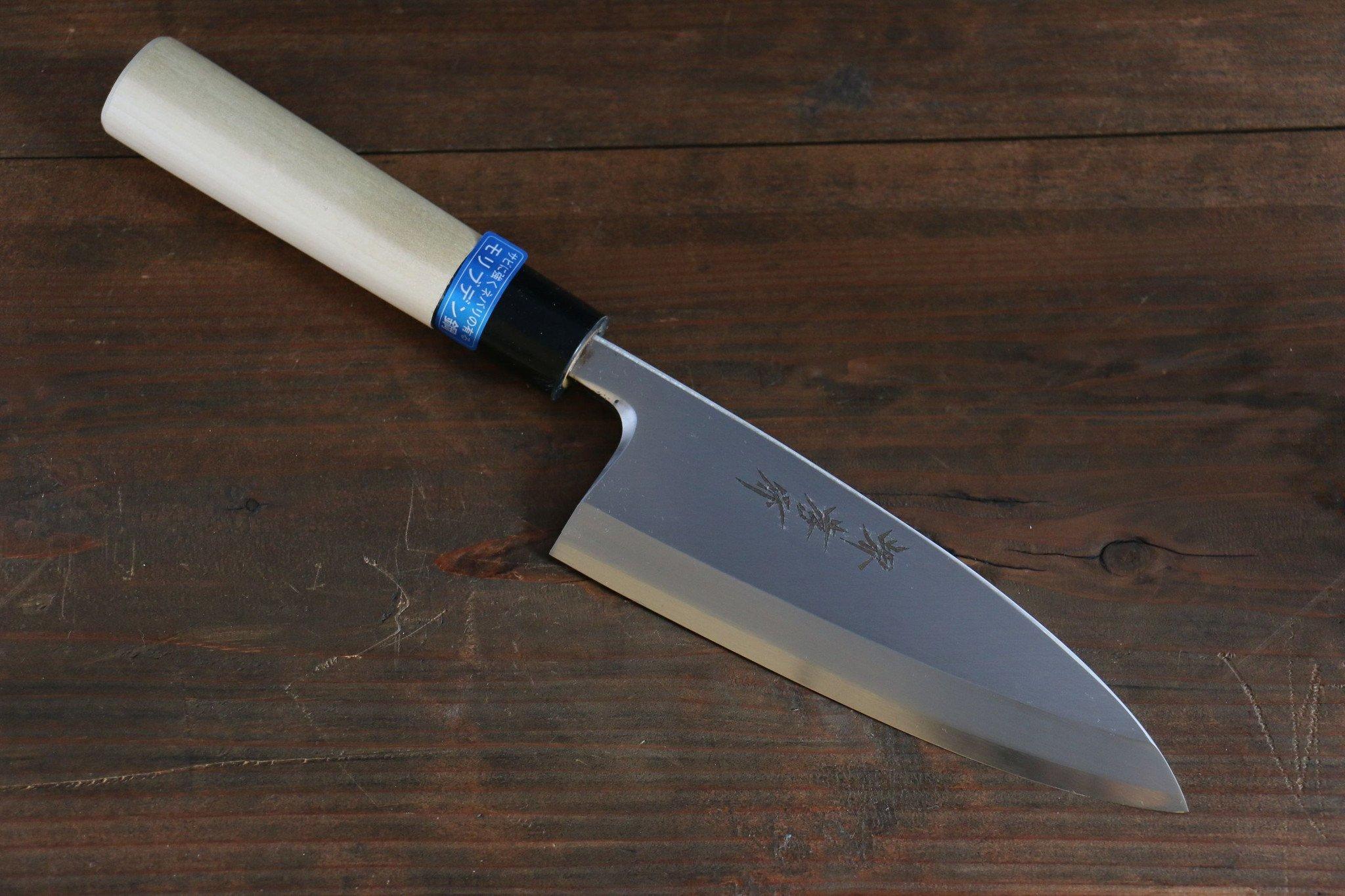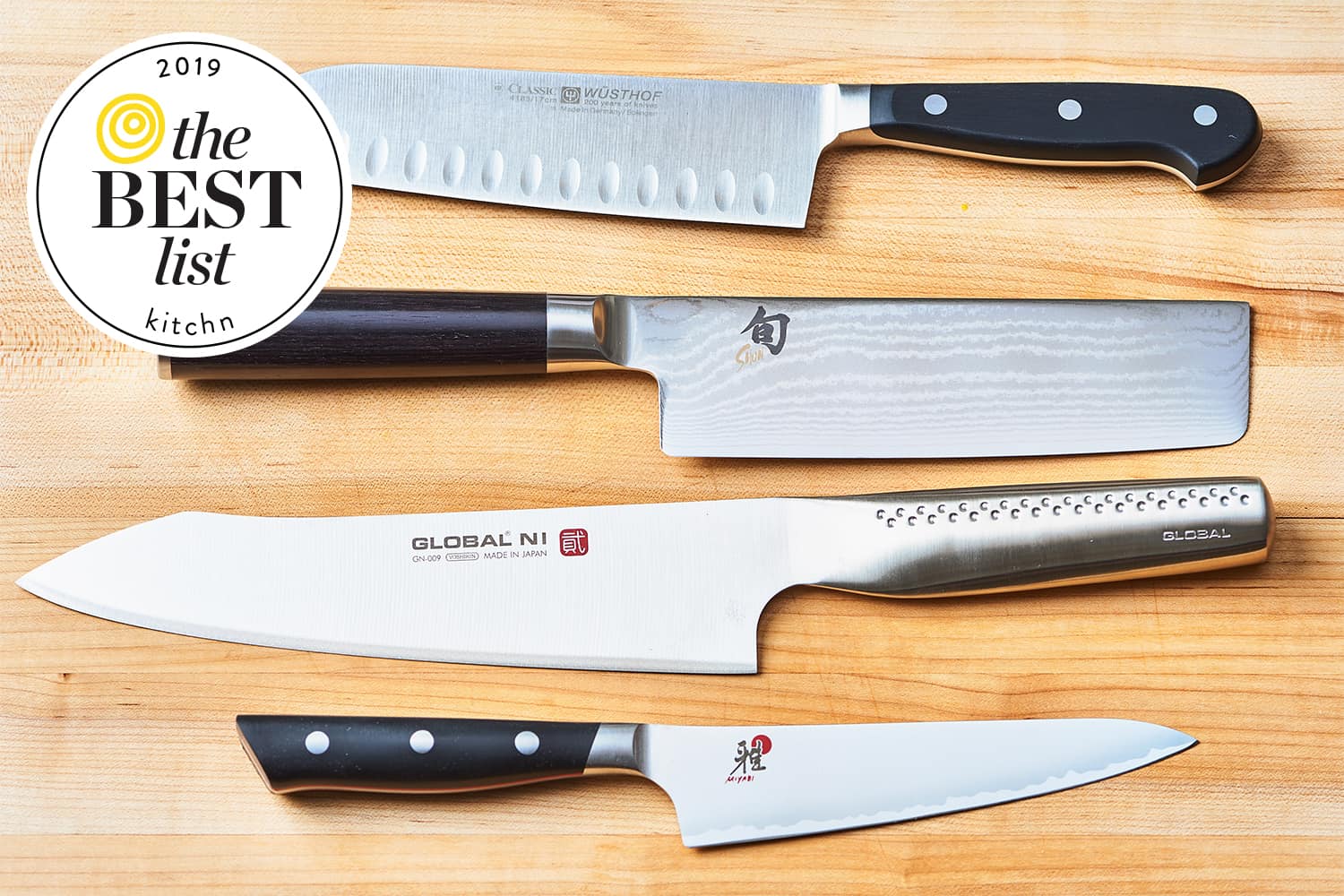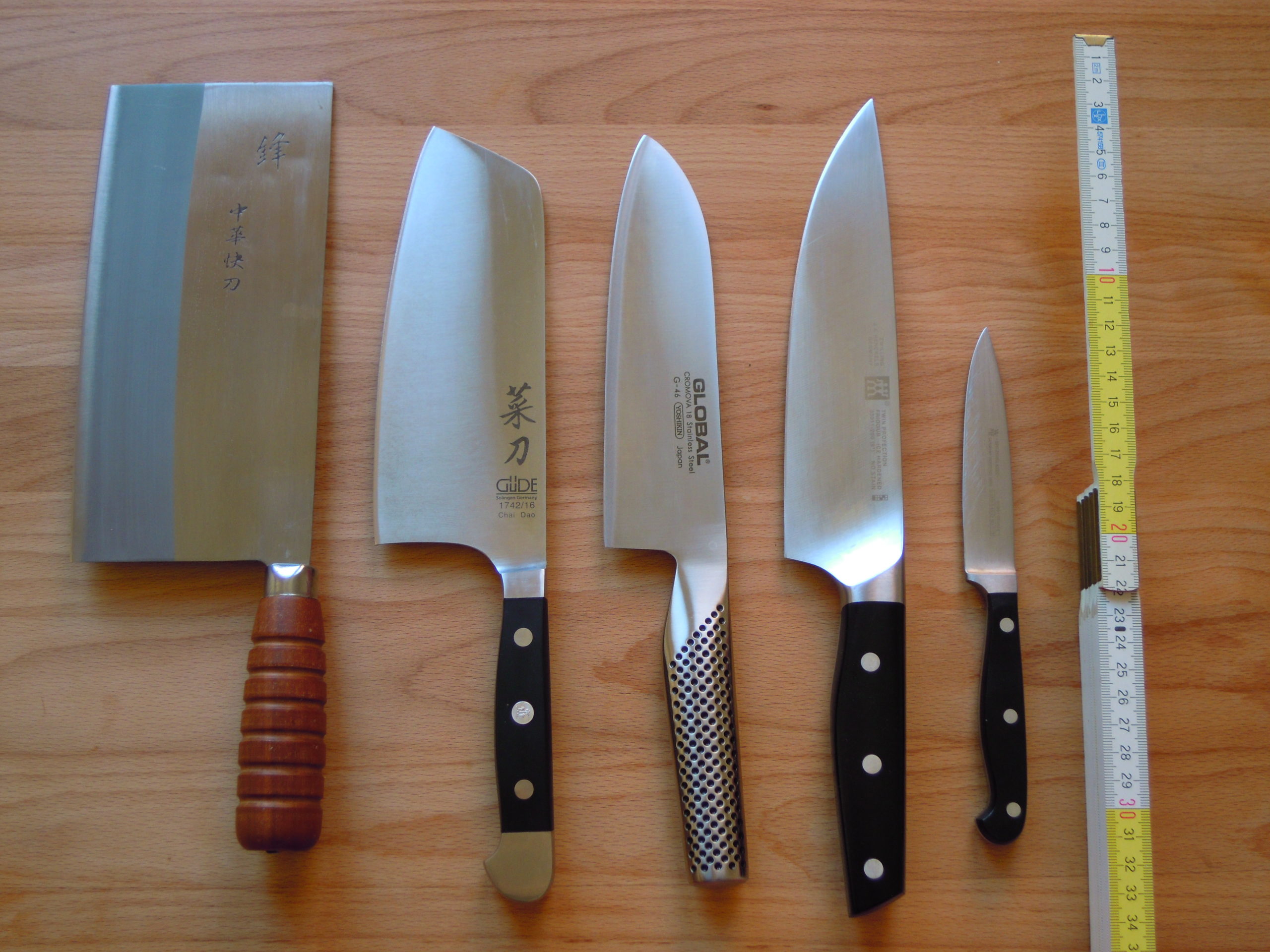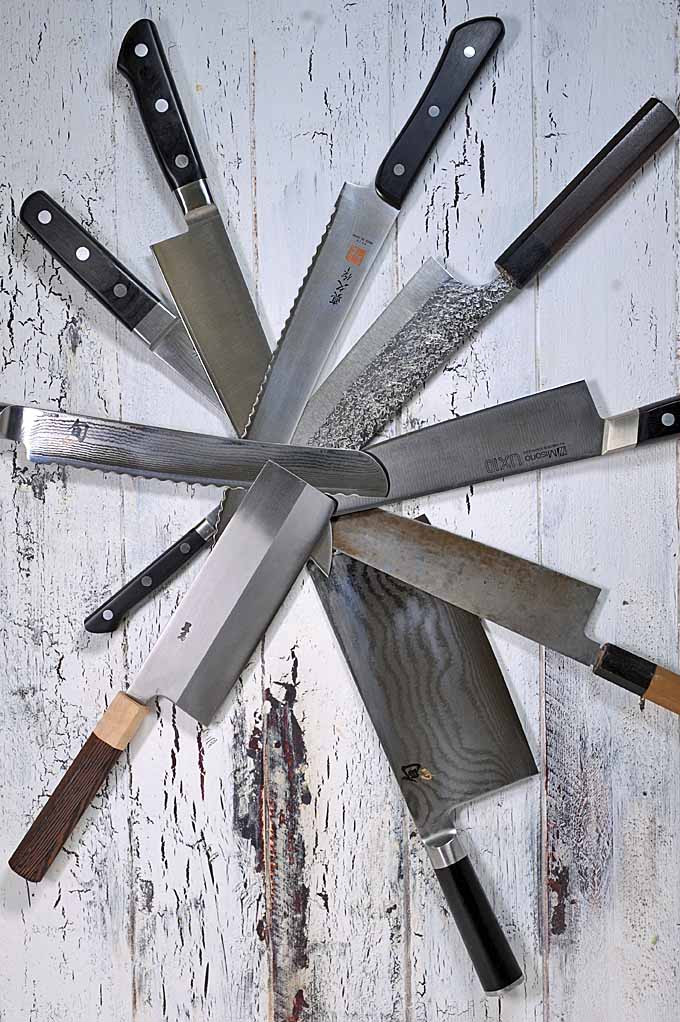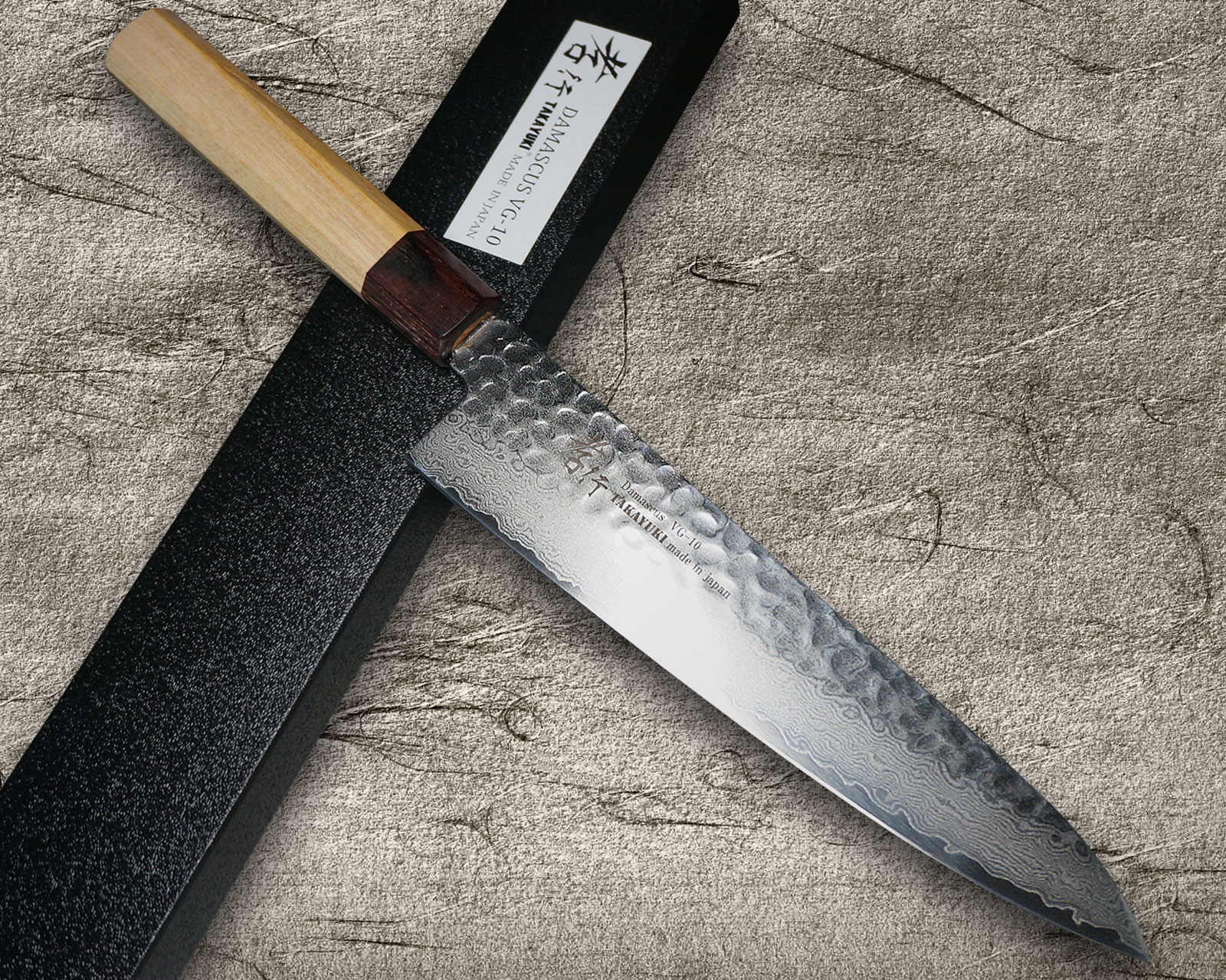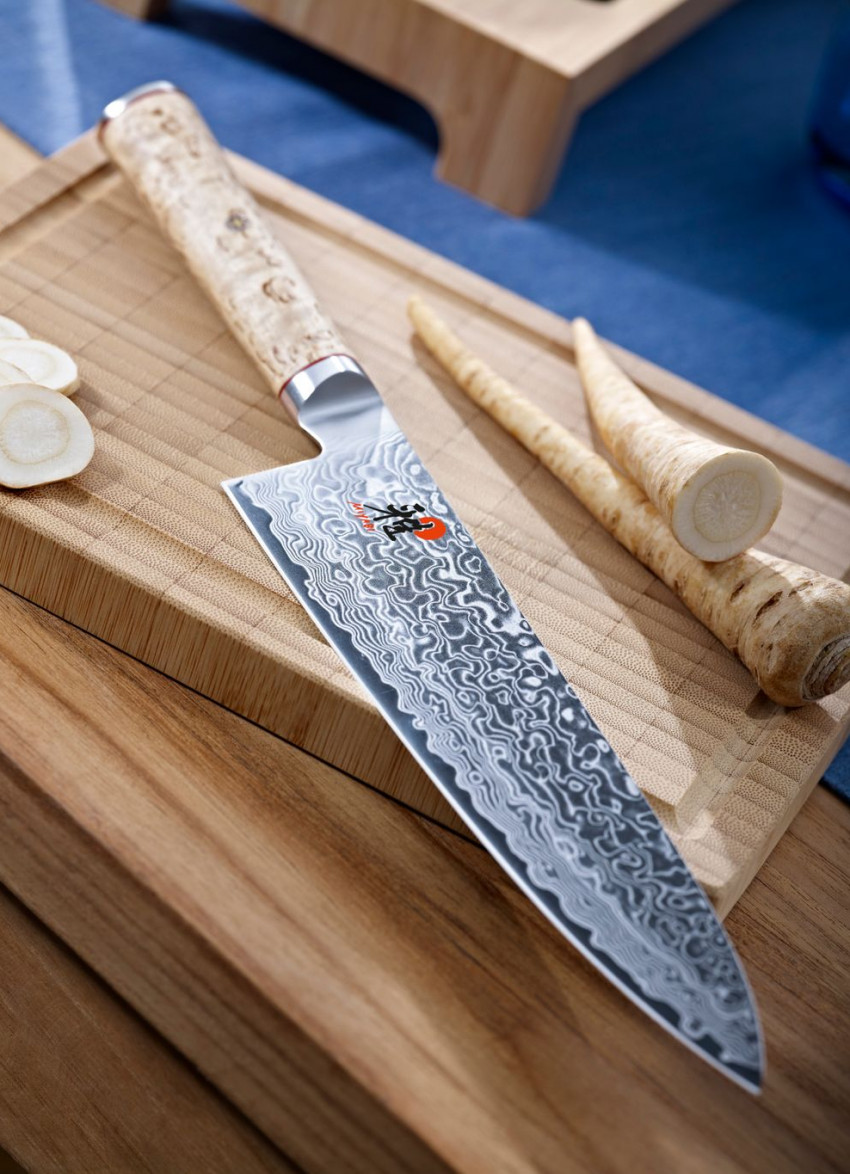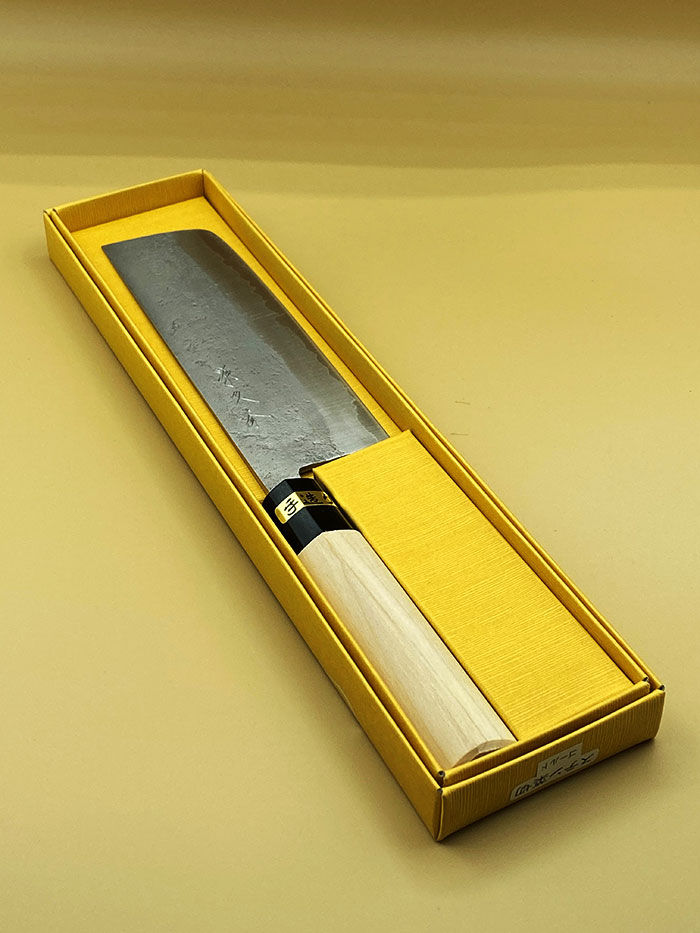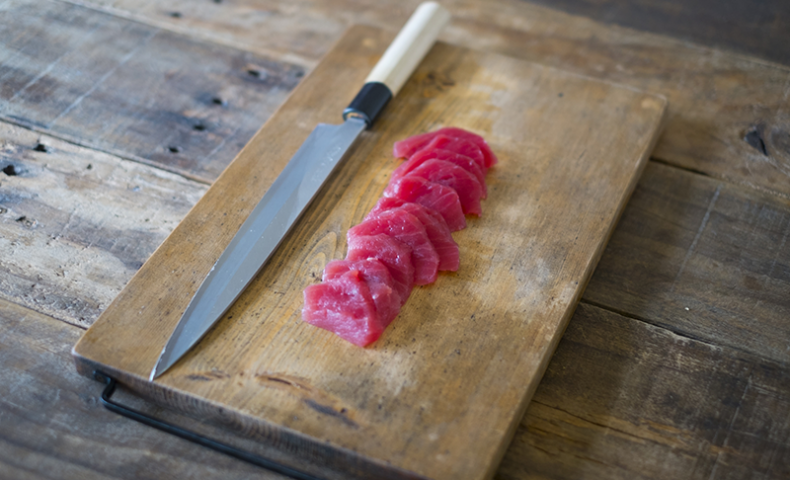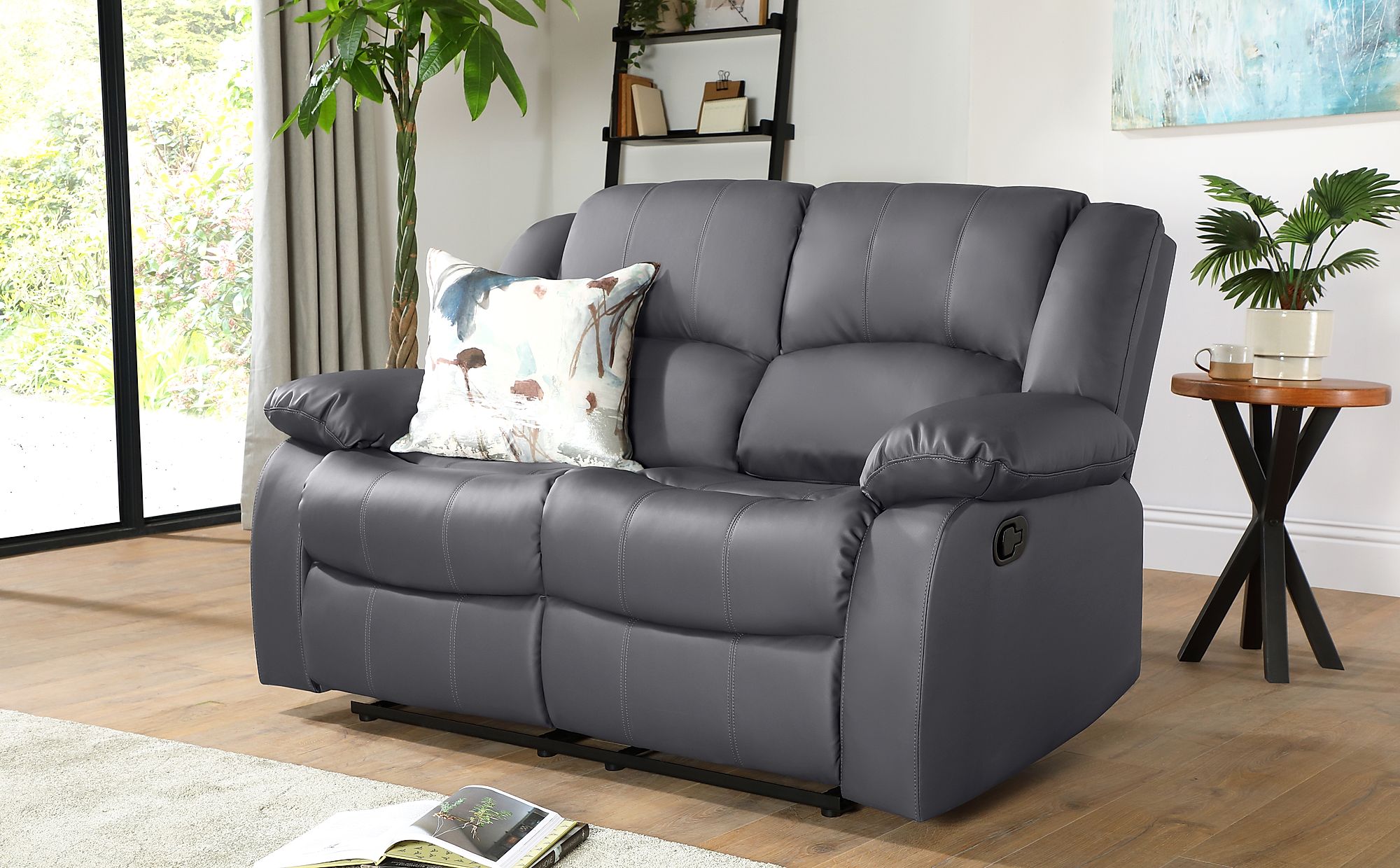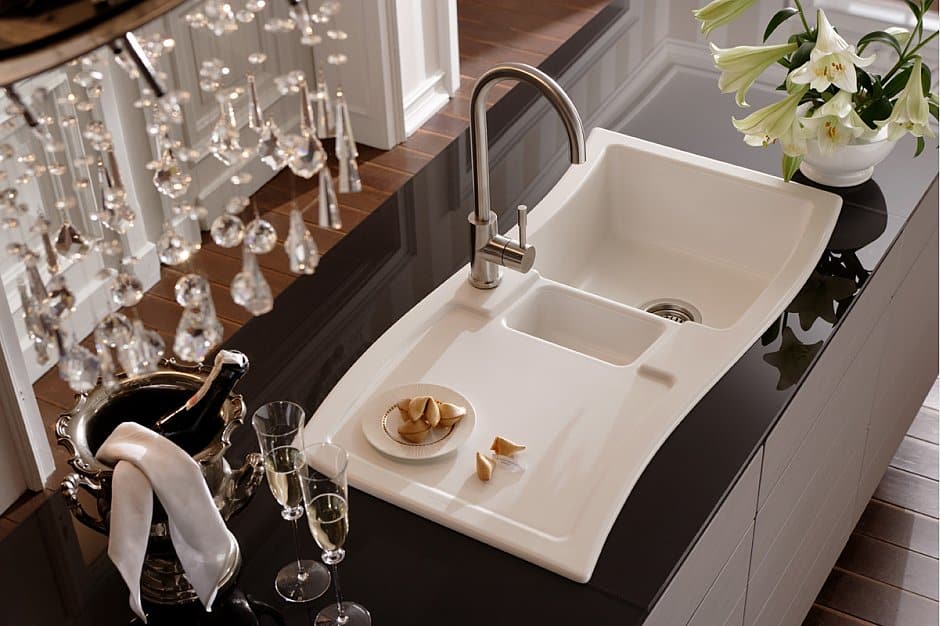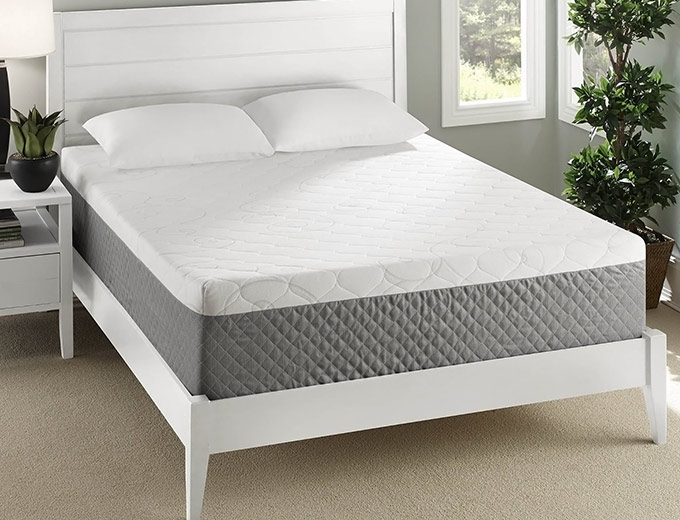For centuries, Japanese kitchen knives have been revered for their precision, sharpness, and beauty. These knives are not just tools for cooking, but also a reflection of Japanese culture and craftsmanship. The traditional Japanese kitchen knives are a result of centuries of refinement and perfection, making them some of the best in the world. One of the most distinct features of traditional Japanese kitchen knives is the single-bevel edge. This means that the blade is only sharpened on one side, unlike Western knives which have a double-bevel edge. This allows for a finer and more precise cut, making it perfect for delicate tasks like slicing sashimi or preparing vegetables. Another key aspect of traditional Japanese kitchen knives is the use of high-quality steel. Japanese smiths have perfected the art of forging steel into incredibly sharp and durable blades. The most commonly used steel for Japanese knives is hagane, which is a type of high-carbon steel that allows for a sharper and more resilient edge. When it comes to the design of traditional Japanese kitchen knives, simplicity is key. These knives have a clean and elegant look, with minimalistic handles made from materials like wood, horn, or lacquered bamboo. This not only adds to the aesthetic appeal but also allows for a comfortable and ergonomic grip. Japanese kitchen knife design is based on functionality and practicality. Every aspect of the knife, from the blade shape to the handle material, is carefully thought out to ensure maximum efficiency and precision in the kitchen. The most common types of Japanese kitchen knife designs are gyuto, santoku, and nakiri. A gyuto knife is similar to a Western chef's knife, with a long and narrow blade that is perfect for slicing and chopping. A santoku knife, on the other hand, has a shorter and wider blade, making it ideal for tasks like mincing and dicing. A nakiri knife is specifically designed for cutting vegetables, with a straight blade that allows for a clean and precise cut. Aside from the blade design, Japanese kitchen knives also have unique handle shapes. The wa-handle is a traditional Japanese handle, usually made from wood or horn, that is lightweight and provides a comfortable grip. The yokote handle, on the other hand, is a Western-style handle with a full tang, making it more durable and suitable for heavier tasks.Traditional Japanese Kitchen Knives
Japanese Kitchen Knife Design
Japanese kitchen knives are not just limited to traditional designs, but there are also various styles that have evolved over the years. These styles are often influenced by different regions in Japan, each with their own unique techniques and designs. One popular style is the Deba, which originated in the Kansai region of Japan. This style is characterized by a thick and heavy blade, making it ideal for cutting through tough fish and meat. Another style is the Usuba, which is a traditional vegetable knife with a straight and thin blade for precise cuts. Japanese kitchen knives come in various shapes and sizes, each with its own purpose and function. The most common shapes are the katana shape, which is inspired by the samurai sword and has a curved blade, and the hira-zukuri shape, which has a flat and thin blade for slicing and dicing. Another unique shape is the tanto, which is a short and pointed knife used for intricate tasks like peeling and trimming. The takohiki shape is also gaining popularity, with its long and narrow shape inspired by the traditional Japanese octopus slicer.Japanese Kitchen Knife Styles
Japanese Kitchen Knife Shapes
The materials used in traditional Japanese kitchen knives are another crucial aspect of their design. High-quality steel is the most important material, but the handle and fittings are also carefully chosen to enhance the overall functionality and beauty of the knife. Aside from hagane, Japanese knives also use jigane, which is a softer and more flexible steel that is used as the outer layer of the blade. This allows for a more durable and shock-absorbent knife. The handle materials can vary, from traditional wood and horn to modern materials like G10 and Micarta, which are known for their durability and water resistance.Japanese Kitchen Knife Materials
The art of making Japanese kitchen knives is a combination of traditional techniques and modern innovations. Japanese smiths use a method called honyaki, which involves heating and hammering the steel to create a single piece blade. This technique is reserved for the most skilled and experienced smiths, as it requires precision and expertise to achieve the desired results. Another popular technique is kasumi, which involves layering hagane and jigane together to create a multi-layered blade. This not only adds to the strength and durability of the knife but also creates a beautiful pattern on the blade known as damascus.Japanese Kitchen Knife Techniques
Japan is home to many renowned knife-making companies, each with their own unique styles and techniques. Some of the most popular brands include Shun, Miyabi, and Yaxell. These brands are known for their high-quality and innovative designs, making them a favorite among professional chefs and home cooks alike. Aside from these larger brands, there are also many smaller, family-owned knife makers in Japan that produce exceptional knives using traditional methods. These knives may not have the same widespread recognition, but they are just as valuable and sought after by collectors and chefs.Japanese Kitchen Knife Brands
The history of Japanese kitchen knives can be traced back to the Kamakura period (1185-1333), where swordsmiths began using their skills to make knives for everyday use. These knives were primarily used for hunting and farming, and over time, the techniques and designs were refined to create the kitchen knives we know today. During the Edo period (1603-1868), there was a ban on the carrying of swords, which led many swordsmiths to focus on making knives instead. This period saw a rise in the popularity and craftsmanship of Japanese kitchen knives, with different regions developing their own styles and techniques.Japanese Kitchen Knife History
Japanese kitchen knives are not just tools for cooking, but they are also deeply ingrained in Japanese culture. These knives are a symbol of precision, dedication, and craftsmanship, which are highly valued in Japanese society. They are often given as gifts and passed down through generations, making them a treasured possession in many households. The use of Japanese kitchen knives is also deeply rooted in Japanese cuisine. The delicate and precise cuts made possible by these knives are essential in creating dishes like sushi and sashimi. Many chefs around the world also prefer using Japanese knives for their versatility and superior cutting ability.Japanese Kitchen Knife Culture
The process of making a Japanese kitchen knife is a labor of love and requires a high level of skill and patience. From forging the steel to shaping and sharpening the blade, every step is done meticulously by hand. This level of craftsmanship is what sets Japanese knives apart from mass-produced knives and makes them highly sought after by chefs and collectors. In conclusion, the design of traditional Japanese kitchen knives is a perfect blend of functionality, beauty, and cultural significance. These knives are not just tools for cooking, but also a reflection of the rich history and craftsmanship of Japan. Whether you are a professional chef or a home cook, owning a Japanese kitchen knife is a true testament to your love for cooking and appreciation for the art of knife-making.Japanese Kitchen Knife Craftsmanship
The Art of Japanese Kitchen Knife Design

The Importance of Design in Japanese Culture
 Japanese design is known for its simplicity, functionality, and attention to detail. This is especially evident in the design of their kitchen knives. For the Japanese, a kitchen knife is not just a tool, but a work of art. The design of a knife is carefully considered, from the materials used to the shape and balance of the blade. This attention to detail is a reflection of the Japanese culture, where craftsmanship and precision are highly valued.
Japanese design is known for its simplicity, functionality, and attention to detail. This is especially evident in the design of their kitchen knives. For the Japanese, a kitchen knife is not just a tool, but a work of art. The design of a knife is carefully considered, from the materials used to the shape and balance of the blade. This attention to detail is a reflection of the Japanese culture, where craftsmanship and precision are highly valued.
The Role of Tradition in Japanese Kitchen Knife Design
 The design of Japanese kitchen knives is deeply rooted in tradition. For centuries, Japanese blacksmiths have been creating knives using techniques that have been passed down from generation to generation. These knives are not mass-produced, but rather each one is handcrafted by a skilled artisan. This tradition and dedication to the craft result in a knife that is not only beautiful but also highly functional.
The design of Japanese kitchen knives is deeply rooted in tradition. For centuries, Japanese blacksmiths have been creating knives using techniques that have been passed down from generation to generation. These knives are not mass-produced, but rather each one is handcrafted by a skilled artisan. This tradition and dedication to the craft result in a knife that is not only beautiful but also highly functional.
The Influence of Nature on Japanese Kitchen Knife Design
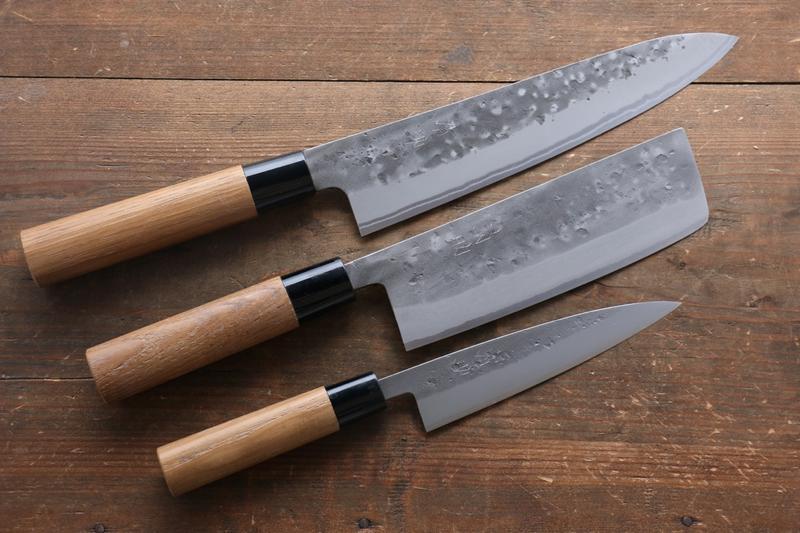 Nature is a major source of inspiration for Japanese design, and this is evident in their kitchen knives. The shape of the blade is often inspired by natural elements such as the curve of a wave or the shape of a tree branch. The materials used, such as wood and bamboo, also reflect the connection to nature. This not only adds to the aesthetic appeal of the knife but also enhances its functionality.
Nature is a major source of inspiration for Japanese design, and this is evident in their kitchen knives. The shape of the blade is often inspired by natural elements such as the curve of a wave or the shape of a tree branch. The materials used, such as wood and bamboo, also reflect the connection to nature. This not only adds to the aesthetic appeal of the knife but also enhances its functionality.
The Perfect Balance of Form and Function
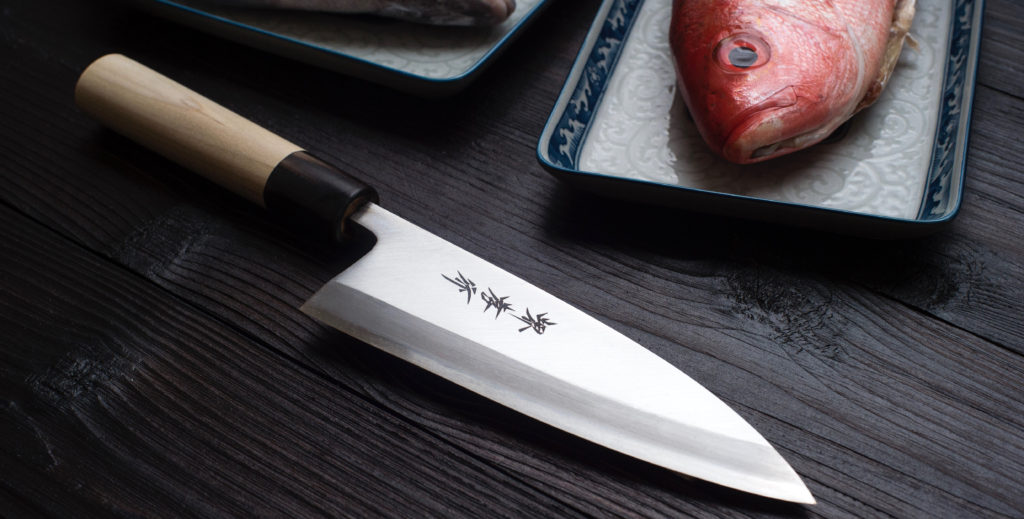 Japanese kitchen knives are not only visually appealing but also highly practical. The design of the blade allows for precise and effortless cutting, making cooking a more enjoyable experience. The balance of the knife is also carefully considered, making it comfortable to hold and reducing hand fatigue. This perfect balance of form and function is what sets Japanese kitchen knives apart from others.
In conclusion, the art of Japanese kitchen knife design is a reflection of the country's culture, tradition, and connection to nature. Each knife is not just a tool, but a masterpiece that embodies the values and principles of Japanese design. Whether you are a professional chef or a home cook, a Japanese kitchen knife is a must-have for any kitchen. Experience the beauty and functionality of these knives and elevate your cooking experience.
Japanese kitchen knives are not only visually appealing but also highly practical. The design of the blade allows for precise and effortless cutting, making cooking a more enjoyable experience. The balance of the knife is also carefully considered, making it comfortable to hold and reducing hand fatigue. This perfect balance of form and function is what sets Japanese kitchen knives apart from others.
In conclusion, the art of Japanese kitchen knife design is a reflection of the country's culture, tradition, and connection to nature. Each knife is not just a tool, but a masterpiece that embodies the values and principles of Japanese design. Whether you are a professional chef or a home cook, a Japanese kitchen knife is a must-have for any kitchen. Experience the beauty and functionality of these knives and elevate your cooking experience.

